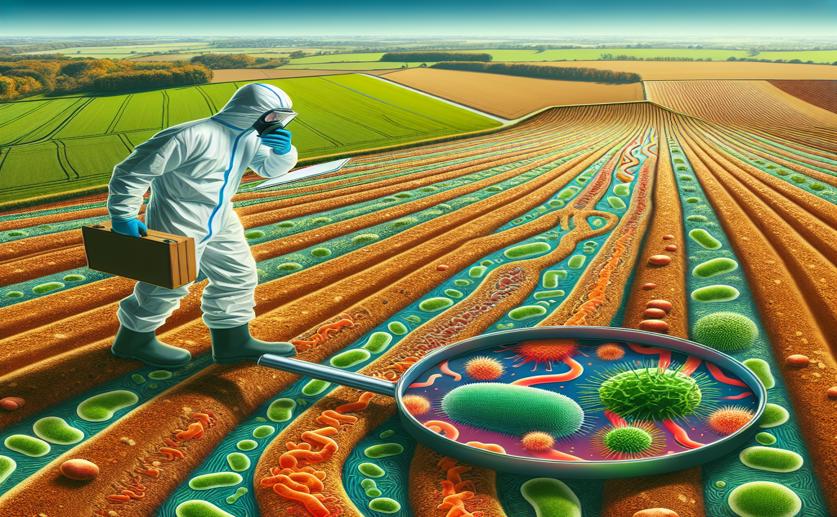
Exploring Germ Pollution in Farm Soil and Its Impact on Health
Jim Crocker
21st February, 2024

Image Source: Natural Science News, 2024
References
Main Study
1) Characterization of microbial contamination in agricultural soil: A public health perspective.
Published 20th February, 2024
https://doi.org/10.1016/j.scitotenv.2023.169139



 2nd February, 2024 | Mary Jones
2nd February, 2024 | Mary Jones